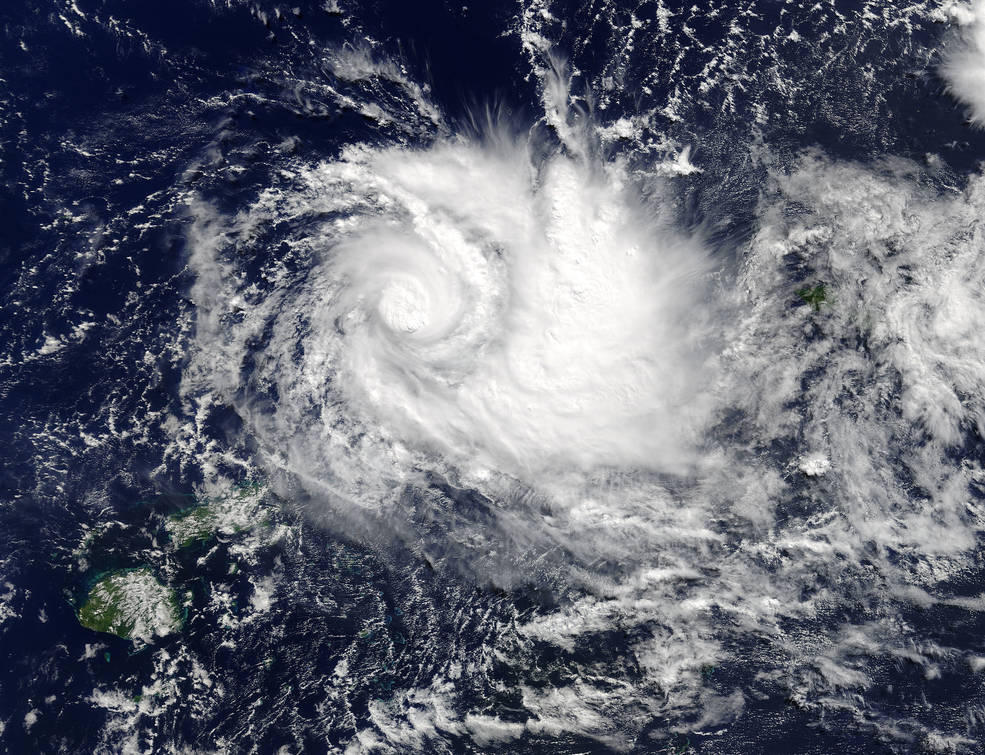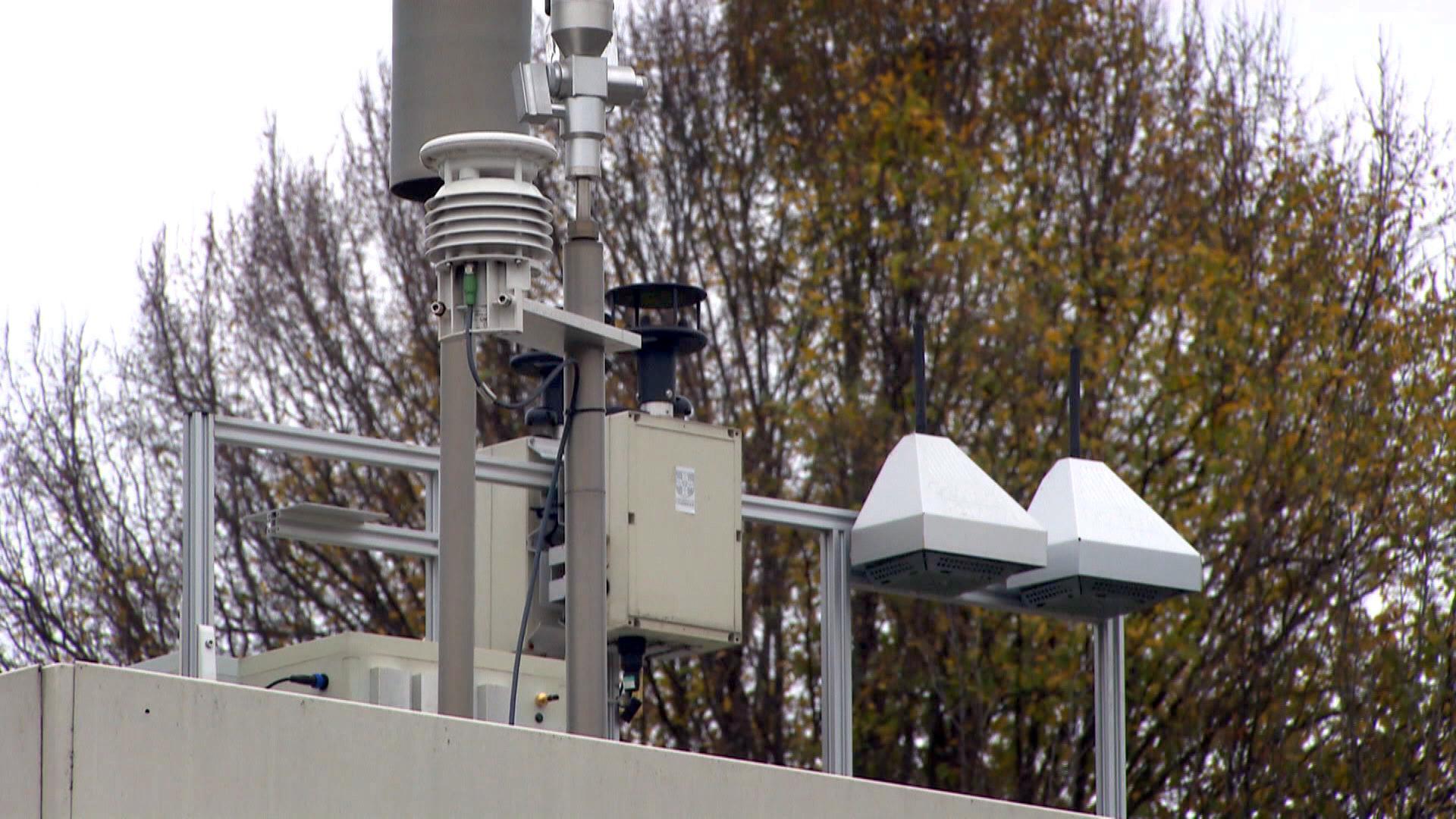The effects of the ozone layer on climate

The ozone hole above the Antarctic has a greater impact on the climate than expected. Researchers say it has even changed precipitation patterns in the South Pacific.
The ozone hole over Antarctica has not made headlines for some time. According to the World Meteorological Organization (WMO), the recovery of the damaged layer is back on track since chlorofluorocarbons (CFCs) are practically no longer produced or consumed.
However, this does not mean that ozone research has lost importance, as past reports by the Oeschger Center for Climate Research at the University of Bern confirm.
The researcher Prof. Dr. Stefan Brönnimann found that past thinning of the ozone layer has not only led to more UVB rays from the sun reaching the earth’s surface, greatly increasing the risk of skin cancer in humans.
It has also changed precipitation patterns in the South Pacific. In French Polynesia, for example, rain levels rose by 50 percent between October and December between the 1960s and 1990s. According to Brönniman’s findingsExternal link this may have a direct correlation with the growing ozone hole during this period.

In compliance with the JTI standards
More: SWI swissinfo.ch certified by the Journalism Trust Initiative


You can find an overview of ongoing debates with our journalists here. Please join us!
If you want to start a conversation about a topic raised in this article or want to report factual errors, email us at english@swissinfo.ch.